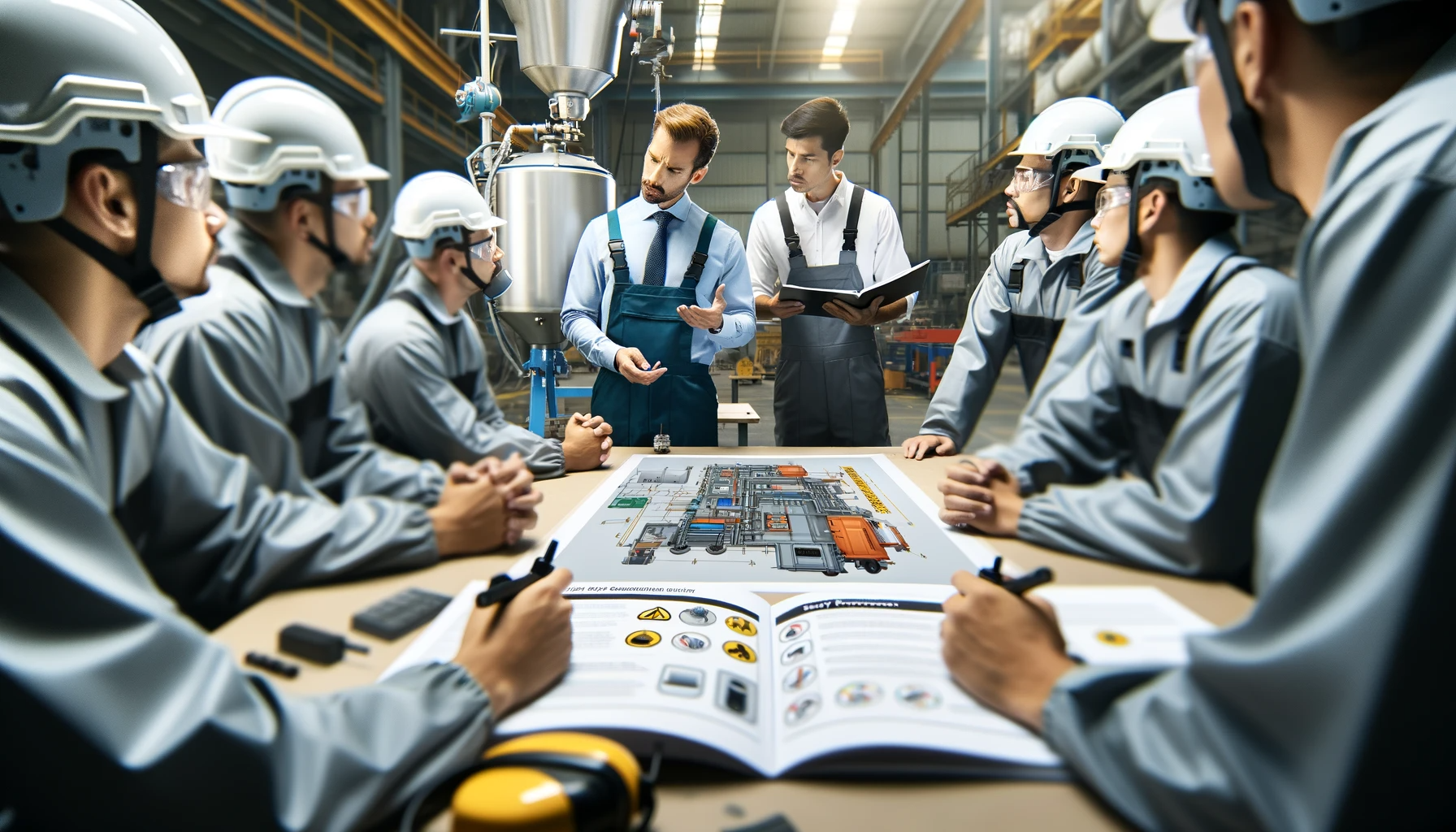Debunking Common Myths and Misconceptions Around the Best Choice for Insulation
With the prevalence of so much home renovation and improvement information available on both television and online, many customers are doing their own research when searching for an insulation solution for their renovation or construction project. The problem is that there is so much information out there – and not all of it accurate – that it can be easy for them to form misconceptions and even make a product selection that doesn’t truly fit their needs.
Remodelling Magazine interviewed a selection of constructions pros, including Canadian expert Mike Holmes, and they all agreed – its best to address and disarm misinformation right away before customers and clients develop unreal expectations, or make choices based more on marketing information than reality. So, what is the real difference between SPF (spray foam), cellulose, and fiberglass? And what exactly is the truth behind the 3 main misconceptions in insulation?
Let's find out.
MYTH ONE: R-value tells you how effective insulation will be. Insulations with the same R-value will perform the same.
This one is definitely untrue. R-value measures how effective an insulation will be against heat transfer by conduction – but there are a total of three ways that thermal energy can transfer into a structure.
- Conduction is how heat travels through solid materials, like a wall or a window.
- Convection is how thermal energy, namely heat, moves through gases or liquids, like how heat travels through the air on a hot summer day, or how a pool is heated.
- Radiation describes how electromagnetic waves transfer heat through empty spaces, for example, how it feels like heat is “radiating” from hot asphalt after its been exposed to the sun.
SPF is the only one of the three forms of insulation that can protect against all three kinds of heat transfer. Spray foam prevents radial thermal transfer by greatly decreasing the temperature of the interior “radiating” surface, like a roof, and against convection heat by its double-duty ability to act as an air barrier. Cellulose and fiberglass have to be installed adjacent to an air barrier to function against convection heat, and if installed incorrectly, will not only be useless against convection, but will also impede its ability to stop conduction heat and lower it’s intrinsic R-value.
So, no – R-value is not the only value you should consider when choosing an insulation application, but speaking to an expert can help you make the right choice for your current needs.
MYTH TWO: I am required by law to have a certain R-value level of insulation in different rooms to meet energy codes.
While this may have been true in the past, current energy codes actually allow for three different ways to be compliant with insulation requirements:
- The “Prescriptive Path” is likely where this myth began, and through it you can achieve code compliance by sticking to the letter of the law, so to speak – using the exact, if not higher, R-level of insulation required.
- The “Performance” Path can be used to reach code compliance by creating a building design that demonstrates a lower or equal energy cost per year than a standard reference structure – typically a building that just hits the minimum requirements set out in the prescriptive path.
- The Energy Rating Index (ERI) is the third way that your residential project can reach code compliance. The ERI is the standard with which home’s energy efficiency is measured – if your project’s ERI is higher than the standard for your climate zone, you will pass the energy code compliance with ease.
While in the past SPF didn’t get the credit it deserves as a high-performance material, the two new additions to code compliance will take into account the many extra benefits of this superior material and allow you to be compliant within the new paths.
MYTH THREE: Spray foam is too expensive!
This one couldn’t be further from the truth. In actuality, spray foam truly is an investment that will pay for itself. While the upfront cost for installation may be slightly higher, both open and closed cell SPF applications will pay for themselves within 5 years. Spray foam applications also provide more effective and efficient building envelopes, which allows for smaller (and less costly) mechanical systems. It’s important to outline to customers that despite a slightly higher initial cost the long-term benefits make it wasteful to not choose spray foam.
And there are the facts!
While there are many misconceptions and myths out there about SPF, it’s important to set the record straight so your projects achieve the optimal level of both performance and ROI. If you're still unsure whether spray foam is right for you or you would like to know more about spray foam rigs for sale, visit our blog for more informative articles, or speak to one of our experts today at 289-642-1735.







